restauration
& species protection
NAVIGATION
RESTAURATION
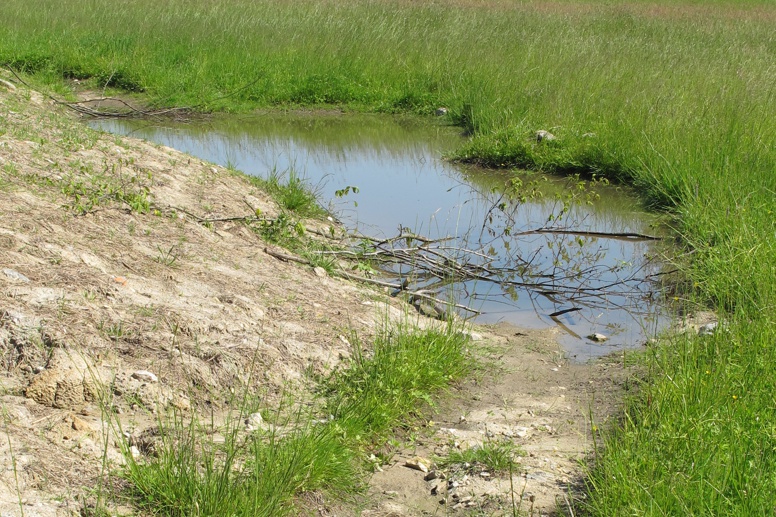
new creation
Sedimented depressions on wetplains and meadows or along the banks of rivers and streams are ideal locations for creating permanent or temporary small water bodies. Such projects can be realized with simple means and without requiring a lot of space.
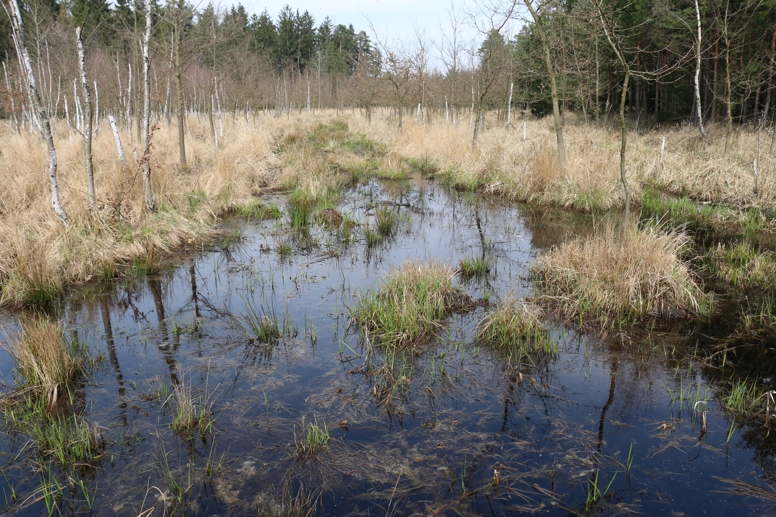
water logging
Drained sites in forests can be quickly rewetted and converted into species-rich temporary water bodies by closing the drainage ditches. In most cases, these are less productive wetlands whose restoration would be an enormous benefit for species conservation.
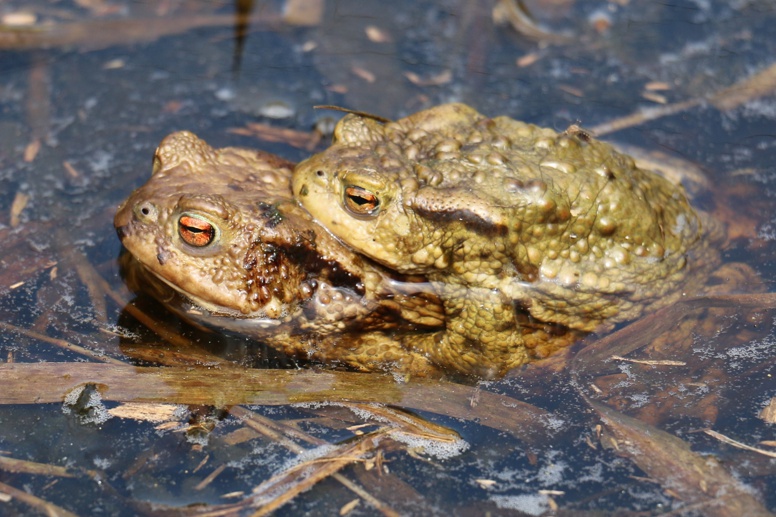
species protection
In view of the dramatic decline of biodiversity, the creation and recreation of wetlands are urgent measures for the protection of species. They benefit not only amphibians and fish, but also aquatic invertebrates and numerous bird species that are associated with wetlands.
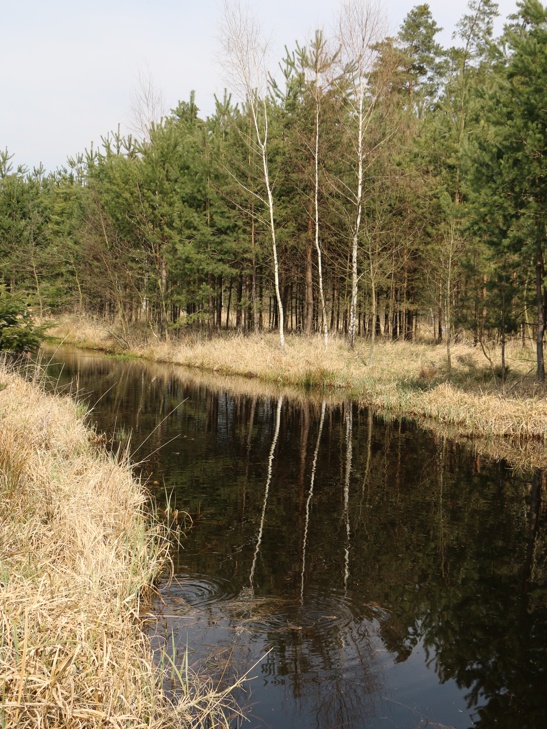
restauration of marshes
Many former moor and fen areas are located in forests that have been drained in order to increase yields. With very simple measures, these wetlands can be restored and transformed into species-rich habitats. This is also in line with the intentions of the EU renaturation law, which provides for the revitalization of drained moors as a species and climate protection measure. As agriculture has been exempted from the mandatory renaturation of wetlands, forest sites are ideal for restoring drained moors and fens, especially as they are often less productive due to waterlogging.
In addition, amphibians are usually less at risk of being killed by moving cars due to the remote location of the forests, and their terrestrial feeding grounds and habitats in the surrounding forests are often at a considerable distance from human settlements.
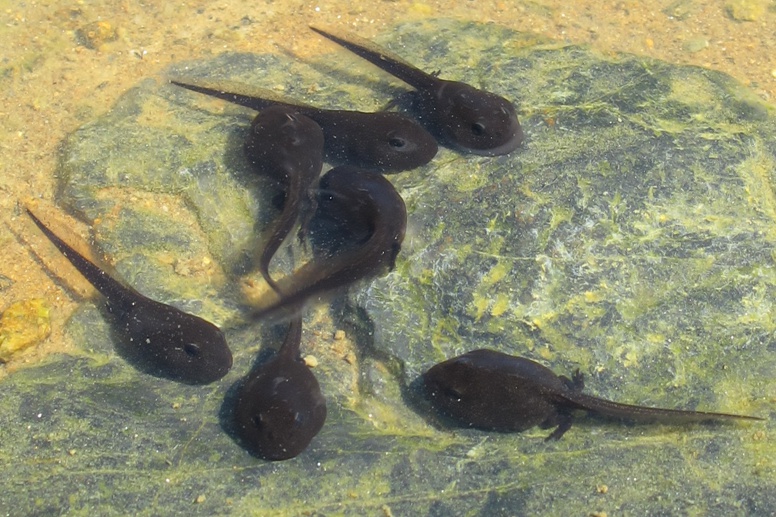
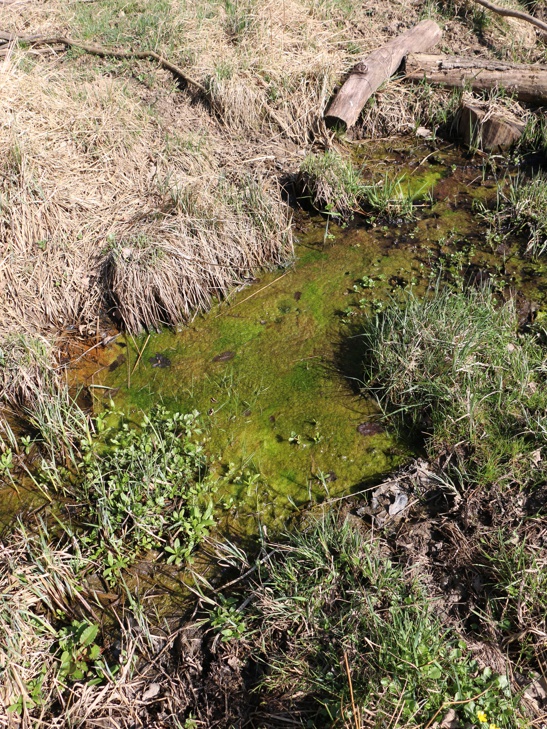
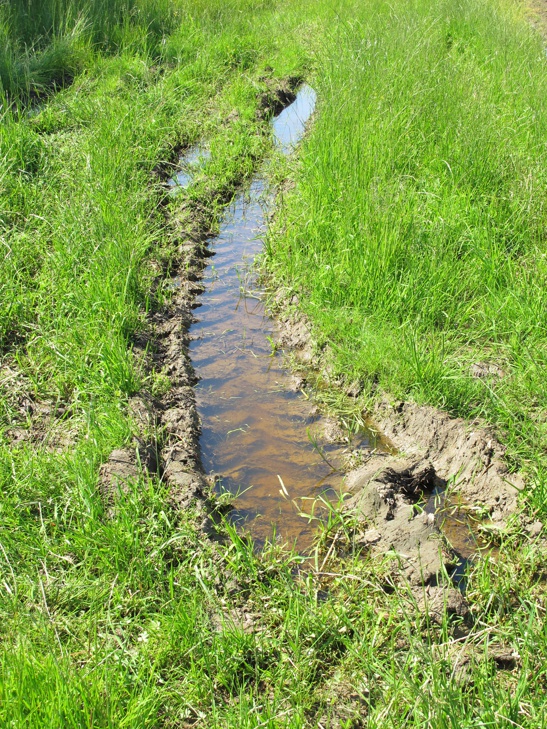
temporary waters
The creation of small water bodies as a habitat for fire-bellied toads (Bombina bombina) or green toads (Bufo viridis) can be carried out on wet meadows in river lowlands, which only need to be slightly widened and deepened, firstly to increase the duration of the water flow and secondly to ensure continued cultivation. Often all it takes is a willing landowner and an excavator operator to put an amphibian protection project into practice.
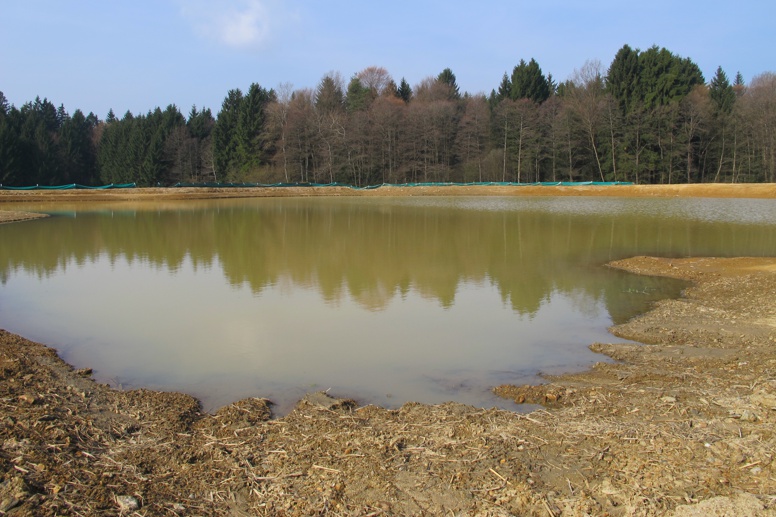
Picture above: Example of a freshly created artificial pond with permanent water supply.
artificial ponds
For larger-scale facilities, such as sky ponds (left image), the company offers the planning of habitats that are as hetero-geneous as possible to ensure the survival of a variety of species in the water bodies.
For the amphibian group, the company offers mapping work, resettlement measures and the scientific management and/or supervision of species conser-vation projects.
